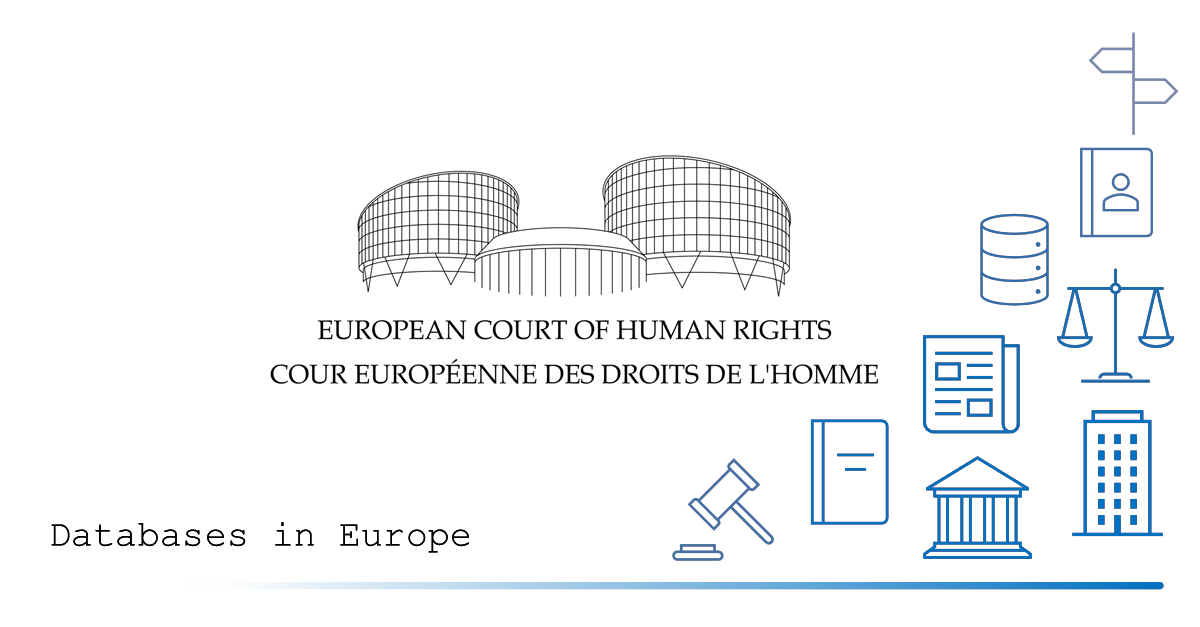
"Who would have thought, […], that citizens would one day be able to obtain a judgment against a State from an international court?
What seems self-evident today was something revolutionary just sixty years ago.”
The European Court of Human Rights is the international court, responsible for the protection of one’s individual human rights against state authorities.
The Court
- In 1950 a big milestone was set by the Council of Europe by introducing the European Convention on Human Rights. The convention has been in force since 1953 and was ratified by 47 countries, including Russia, Turkey and Switzerland.
- The European Court of Human Rights enforces the Human Rights Convention by ruling on individual or State applications, indicating violations of the rights set out in the treaty. The court’s decisions are binding for the parties concerned. Since 1989 citizens can directly appeal to the court after exhausting their national legal remedies.
- Even though the court is called “European” Court of Human Rights, it has nothing to do with the European Union. Nevertheless, all countries of the European Union have ratified the convention. The EU itself has not.
- The Court is located in the Human Rights Building in Strasbourg, France and was set up in 1959.
- The judges of the ECHR are elected by a Parliamentary Assembly of the Council of Europe for a non-renewable term of nine years. Each State proposes a list of three candidates for election.
- Since 2001 the European Court of Human Rights publishes annual reports regarding judicial activities, case-law overviews and procedural innovations. The court’s website also grants access to advisory opinions, case-law analysis and numerous other publications. A webcast of public hearings, searchable by year and state is also available.
- The library of the European Court of Human Rights spreads out over 560m2 on two floors, containing a collection of 68.000 items, also shown in their online catalogue.
The Database
- The official database of the European Court of Human Rights is called HUDOC. The abbreviation stands for “Human Rights Documentation”.
- The HUDOC database is a collection of the Court’s decisions and judgements since 1998, in parts also since 1959.
- HUDOC also provides a collection of resolutions concerning the execution of the court’s judgements by member states through the adoption of general measures.
- On the left side of the webpage a filter-option is provided to facilitate research.
Available Formats
- The judgments of the ECHR are only accessible in the language of the trial, which is either English or French.
- All documents are available in PDF- and Word-Format for download.
Sources: European Court of Human Rights, European Convention on Human Rights
Information status as of 25.08.2021
#opendata #legal #europe